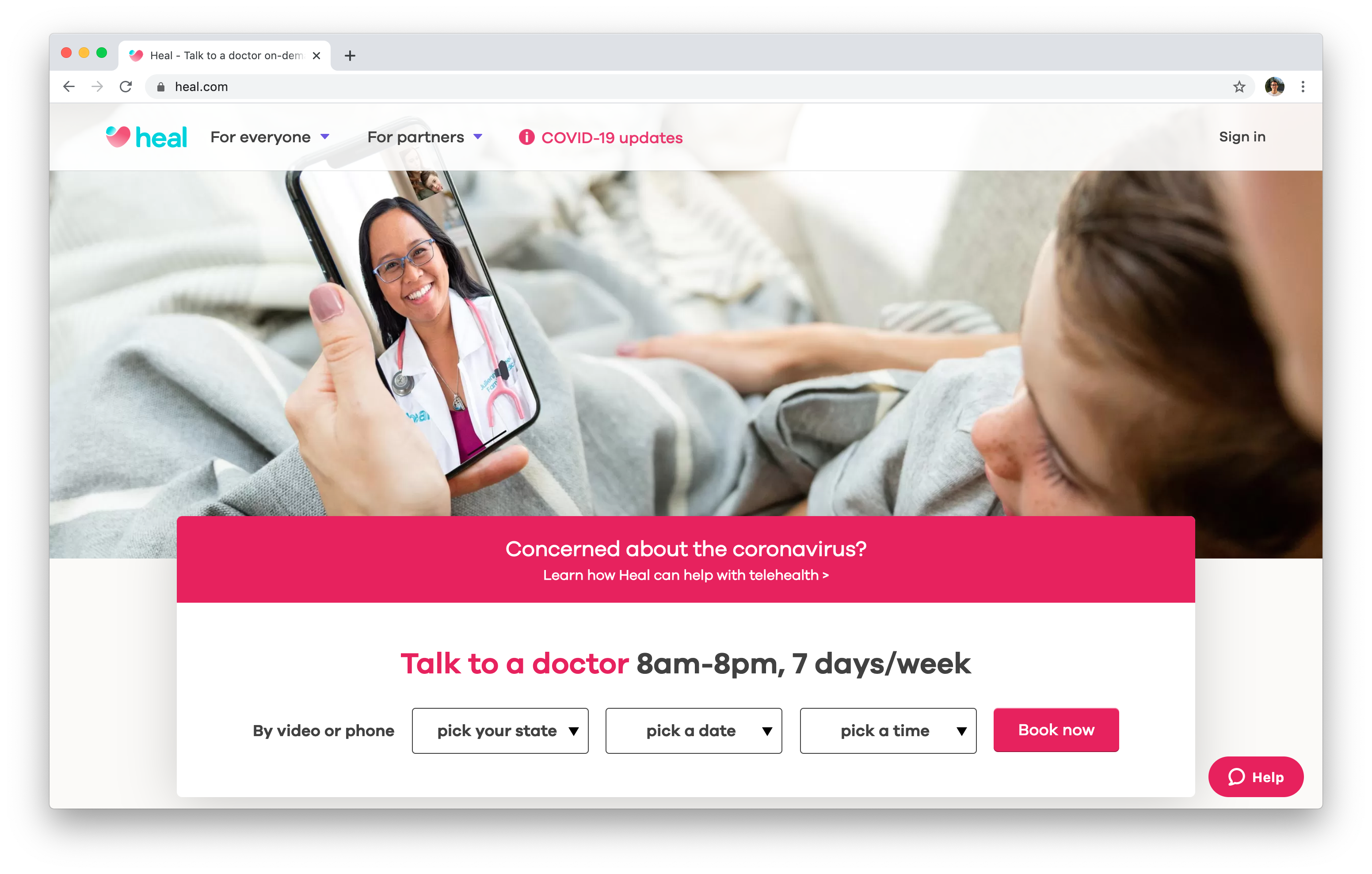Recognizing the Cost Savings of Subscription Based Healthcare for Families
Recognizing the Cost Savings of Subscription Based Healthcare for Families
Blog Article
Understanding the Cost-Effectiveness of Subscription-Based Health Care Versions
As the healthcare landscape progresses, subscription-based versions emerge as a compelling choice, promising to redefine how people take care of medical costs. Examining these versions' cost-effectiveness necessitates a nuanced comparison with standard insurance policy, considering both monetary effects and person complete satisfaction. While they use openness and predictability in prices, inquiries remain about their capability to meet varied healthcare needs, specifically for specialized treatments. The point of views of health care carriers further complicate this equation, presenting a multifaceted challenge. What does the future hold for these designs, and can they really supply on their assurance of accessible, budget-friendly treatment?
Summary of Subscription-Based Models
Subscription-based healthcare versions, often referred to as direct medical care or concierge medication, are significantly getting attention as a possible remedy to ineffectiveness within conventional medical care systems. These designs operate the concept of offering individuals direct accessibility to doctor via a yearly or monthly cost, bypassing the requirement for traditional insurance policy mechanisms. This setup aims to enhance patient-provider communications by decreasing management problems, which frequently prevent customized and prompt care.
At the core of subscription-based versions is the emphasis on a much more personalized individual experience. Patients take advantage of boosted access to their doctors, frequently consisting of next-day or same-day appointments, expanded consultation times, and direct interaction channels such as phone or video telephone calls. This model promotes a positive approach to health care, where suppliers and people can collaboratively focus on preventative care and persistent condition management.

Cost Comparison With Standard Insurance Policy

One of the primary financial advantages of registration models is transparency in costs. Patients pay a predictable fee, which can simplify budgeting and economic preparation. In addition, these versions generally eliminate co-pays and deductibles for covered solutions, decreasing out-of-pocket spending. Conversely, traditional insurance might be extra helpful for people needing specialized care or expensive therapies not covered under a registration design, as they benefit from the broader insurance coverage network and cost-sharing systems.
However, cost-effectiveness is context-dependent. While registration models could provide financial savings for those mainly requiring medical care, people with persistent problems or specialized health care requirements could discover typical insurance coverage extra extensive. Assessing details healthcare demands and prospective use is crucial in identifying the most economical alternative for individuals.
Influence On Individual Contentment
Client complete satisfaction within subscription-based healthcare versions usually mirrors a considerable improvement over traditional insurance policy systems. Unlike typical systems, where individuals may experience delays in obtaining care, subscription-based models ensure even more prompt and direct communications with health care companies.
Furthermore, the transparency in prices connected with subscription-based health care alleviates the usual disappointments connected to unanticipated charges and intricate invoicing processes seen in standard insurance (subscription based healthcare). People appreciate recognizing the precise economic commitment upfront, bring about boosted trust and confidence in their medical care administration
In addition, the emphasis on preventative care and wellness in registration models adds to improved health and wellness outcomes, even more boosting patient contentment. By concentrating on continuous health care rather than anecdotal treatment, clients experience an even more constant and all natural healthcare journey.
Moreover, the boosted provider-patient relationship promoted in these versions, identified by more time spent per client and tailored focus, plays a vital duty in boosting patient complete satisfaction degrees, as people really feel truly cared for and understood.
Supplier Viewpoints and Experiences
From the provider's viewpoint, subscription-based healthcare models provide a transformative method to providing medical services. These models stress a preventative and proactive medical care approach, permitting carriers to resource concentrate on thorough client care without the constraints of standard fee-for-service plans (subscription based healthcare). This shift in emphasis often causes improved client outcomes and raised supplier satisfaction, as health care specialists can allot even more time and sources to client involvement and individualized treatment plans
Moreover, subscription models facilitate foreseeable income streams, which enhance economic stability for doctor. This predictability enables enhanced resource preparation and allowance, adding to a more effective healthcare shipment system. Suppliers can buy team technology, training, and framework improvements, consequently boosting the quality of treatment offered.
Nevertheless, the look here shift to subscription-based designs is not without obstacles. Companies must adapt to brand-new functional frameworks, which can entail considerable changes in invoicing methods and person management systems. Additionally, there is an intrinsic requirement for durable information management to track client results and make certain quality care. In spite of these obstacles, numerous suppliers discover that the benefits of enhanced client communication and structured procedures surpass the initial challenges, making subscription-based designs an appealing choice.
Future Leads and Obstacles

A primary challenge is regulatory compliance, as registration versions have to follow evolving medical care plans and insurance policy demands. This requires continuous adaptation and innovation to guarantee positioning with lawful requirements. Additionally, incorporating these versions right into existing health care infrastructures can be intricate, needing significant investments in modern technology and training.
There is likewise the potential threat of producing injustices in medical care gain access to, as registration models might prefer those who can afford them, leaving vulnerable populaces underserved. Addressing this calls for thoughtful factor to consider of prices approaches and subsidy systems to make certain inclusivity.
Final Thought
Subscription-based medical care models provide a sensible alternative to standard insurance by supplying financial predictability and transparency, specifically profiting individuals with persistent conditions or frequent look these up medical care requirements. The cost-effectiveness of these versions is contingent upon private healthcare use patterns and situations.
Subscription-based health care designs, occasionally referred to as straight key treatment or attendant medicine, are progressively obtaining interest as a possible option to inefficiencies within standard healthcare systems. Unlike standard systems, where people might experience hold-ups in getting care, subscription-based models guarantee more straight and prompt communications with health care carriers.
These models highlight a aggressive and preventative healthcare strategy, enabling carriers to concentrate on comprehensive client treatment without the restraints of traditional fee-for-service setups. As these designs continue to obtain traction, they offer the possible to transform person access to care, improve service distribution, and enhance health care spending.Subscription-based healthcare versions offer a practical alternative to conventional insurance by providing financial predictability and transparency, especially benefiting individuals with persistent conditions or frequent health care needs.
Report this page